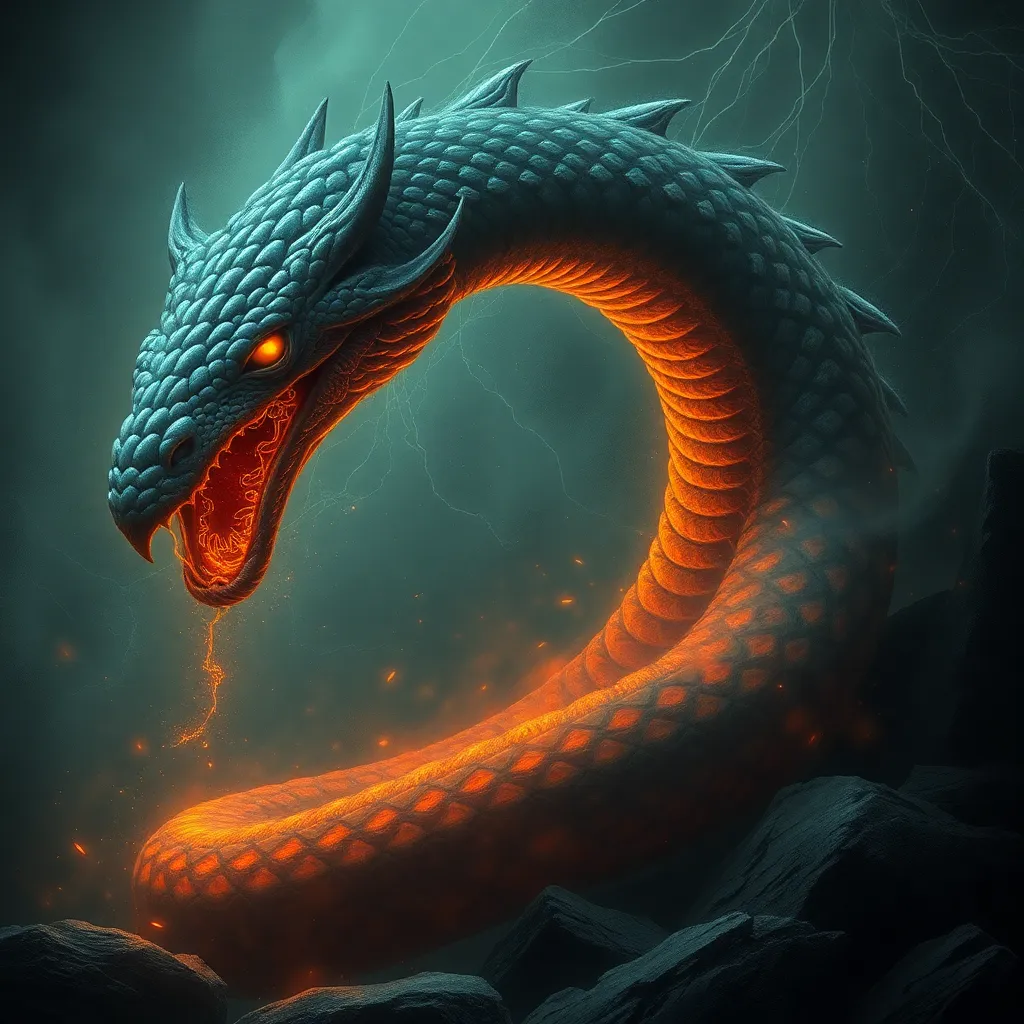Cerberus in Video Games: From RPGs to Action Games – The Myth’s Influence in Interactive Media
I. Introduction
Cerberus, the three-headed dog of Greek mythology, has captured the imaginations of people for centuries. Serving as the guardian of the Underworld, this fearsome creature symbolizes both the terror and the allure of the afterlife. Its presence in popular culture has been substantial, manifesting in various forms of media, including literature, film, and notably, video games.
This article aims to explore the representation of Cerberus in video games, examining how the mythological figure has been adapted across genres, from role-playing games (RPGs) to action titles. By analyzing these interpretations, we can understand the enduring influence of Cerberus in the interactive media landscape.
II. Cerberus: The Mythological Background
To fully appreciate Cerberus’ role in video games, it is essential to delve into its origins in Greek mythology.
A. Origins of Cerberus in Greek mythology
Cerberus is described as the offspring of the monster Echidna and the giant Typhon. According to legend, he is depicted as a massive dog with three heads, a serpent for a tail, and multiple snakes protruding from his body. His primary role was to guard the gates of Hades, ensuring that the dead could not escape and the living could not enter without permission.
B. Cerberus as a guardian of the Underworld
As the gatekeeper of the Underworld, Cerberus embodies the themes of death, the afterlife, and the boundaries between the living and the dead. His fierce nature is intended to deter intruders and maintain the sanctity of the realm of the deceased.
C. Symbolism and themes associated with Cerberus
Cerberus symbolizes several key themes, including:
- Fear of the unknown: As a creature of the underworld, Cerberus represents humanity’s fear of death and what lies beyond.
- Protection: His role as a guardian highlights the necessity of boundaries, whether physical or metaphorical.
- Duality: Cerberus embodies both terror and loyalty, showcasing the complex nature of guardianship.
III. Cerberus in Role-Playing Games (RPGs)
Cerberus has made significant appearances in various RPGs, where developers often draw from the myth to create compelling gameplay experiences.
A. Iconic appearances in popular RPGs
1. Example: Cerberus in “Final Fantasy” series
One of the most notable representations of Cerberus can be found in the “Final Fantasy” series, where he often appears as a summon or boss character. His design varies, but he typically retains the three-headed motif, showcasing his fearsome nature. Cerberus’s abilities often revolve around fire or darkness, aligning with his underworld origins.
2. Example: Cerberus in “Persona” series
In the “Persona” series, Cerberus is depicted as a persona that players can summon in battle. His design is stylized, reflecting the game’s unique art style, yet he retains his mythological roots. Players can harness his abilities to enhance their combat strategies, making him a valuable ally.
B. Interpretation and adaptation of the myth in gameplay mechanics
Cerberus’s mythological traits are often adapted into gameplay mechanics, such as:
- Multi-Headed Attacks: In combat, Cerberus often has unique multi-target abilities, reflecting his three heads.
- Guardian Role: He is frequently portrayed as a protector of powerful artifacts or locations, aligning with his role in mythology.
C. Cerberus as a character: allies or foes?
Depending on the game, Cerberus can be portrayed as either a fearsome antagonist or a valuable ally. This duality adds depth to his character, allowing players to engage with him in various ways.
IV. Cerberus in Action Games
Beyond RPGs, Cerberus has also made notable appearances in action games, where his role often emphasizes conflict and challenge.
A. Notable action games featuring Cerberus
1. Example: Cerberus in “Devil May Cry”
In “Devil May Cry,” Cerberus is featured as a powerful boss character. Players face him in an intense battle that tests their combat skills. His design is fearsome, and his attacks are varied, making him a memorable encounter in the game.
2. Example: Cerberus in “God of War”
“God of War” also features Cerberus in a significant role, where players confront him as part of their journey through the underworld. The battles against Cerberus highlight the game’s brutal combat mechanics and the thematic elements of Greek mythology.
B. The role of Cerberus in enhancing gameplay dynamics
Cerberus serves to enhance gameplay dynamics in several ways:
- Boss Encounters: As a formidable opponent, Cerberus provides players with challenging boss fights that require strategy and skill.
- Environmental Interaction: His presence often impacts the environment, creating obstacles that players must navigate during encounters.
C. Cerberus as a representation of challenge and conflict
Cerberus embodies the thematic elements of challenge and conflict in action games. His fierce nature and formidable abilities force players to adapt their strategies and enhance their skills.
V. Cerberus in Adventure and Puzzle Games
In addition to combat-focused games, Cerberus has appeared in adventure and puzzle games, showcasing unique interpretations of the character.
A. Unique interpretations of Cerberus in non-combat contexts
In some titles, Cerberus is used in non-combat scenarios, focusing on narrative and puzzle-solving elements rather than direct confrontation.
B. Example: Cerberus in “Hades” and its narrative significance
In the critically acclaimed game “Hades,” Cerberus is portrayed not just as a guardian but also as a character with depth. He interacts with the protagonist, Zagreus, providing emotional resonance and highlighting themes of loyalty and companionship.
C. How Cerberus contributes to puzzle-solving elements
Cerberus’s role in adventure games often involves puzzle-solving elements, where players must find ways to interact with or appease him to progress through the story.
VI. Cultural Impact and Reception
The representation of Cerberus in video games has sparked various discussions regarding mythological accuracy and creative interpretation.
A. Players’ perceptions of Cerberus in video games
Players often perceive Cerberus as an iconic figure, appreciating the blend of mythological elements with innovative gameplay. His representation can evoke nostalgia for those familiar with the myths while also engaging new players.
B. The balance between mythological accuracy and creative freedom
Developers often walk a fine line between staying true to the myth and allowing for creative liberties. This balance allows for diverse interpretations and fresh takes on the character.
C. Cerberus’ influence on game design and storytelling
Cerberus’s inclusion in games has influenced design choices, particularly in how mythological characters are integrated into narratives and gameplay mechanics, paving the way for future myth-inspired creations.
VII. Future of Cerberus in Video Games
As video games continue to evolve, so too does the portrayal of mythological figures like Cerberus.
A. Trends in the portrayal of mythological figures in gaming
There is a growing trend of incorporating rich mythological backgrounds into game narratives, allowing for deeper storytelling and character development.
B. Potential for new interpretations in upcoming titles
Future titles may explore untapped aspects of Cerberus’s character, such as his origins or relationships with other mythological figures, offering fresh narratives and gameplay experiences.
C. The evolving role



